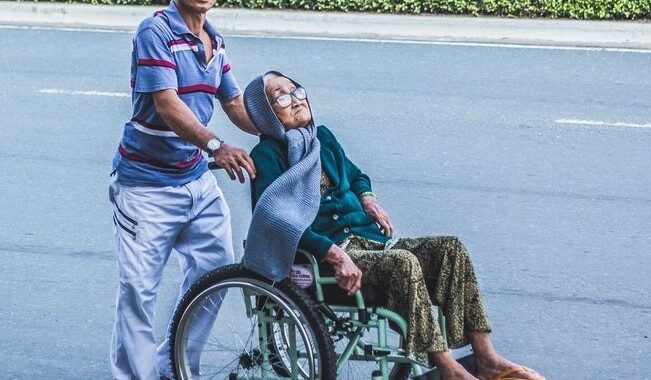Cincinnati Children’s Hospital’s CARPEDIEM is Helping Critically Ill Infants with Kidney Failure

Cincinnati Children’s Hospital Medical Center is now treating critically ill infants in renal failure with a new device designed to improve the outcomes for smaller, more fragile babies.
The Cardio-Renal Pediatric Dialysis Emergency Machine (CARPEDIEM) is a new system for patients with acute kidney injury or kidney failure requiring dialysis. This ground-breaking technology is intended to provide continuous renal replacement therapy (CRRT) to patients weighing between 5 and 20 pounds.
Medtronic, the medical device manufacturer, received authorization last year from the Food and Drug Administration (FDA). Stuart Goldstein, MD, director of the Center for Acute Care Nephrology at Cincinnati Children’s, was a clinical consultant in developing the device.
“Previously available technology performing CRRT procedures was not optimal – largely because dialysis machines available in the U.S. are designed for adults and can potentially expose critically ill infants to many risks,” Goldstein said. “This new system is designed specifically for these patients.”
One of the first patients to use the CARPEDIEM machine is newborn Brenden Hooper of Lawrenceburg, KY. Since birth, he’s been on dialysis to rid his body of toxins, waste, and fluids due to kidney failure. At 2 months old, he developed a severe infection and his home hospital couldn’t support him. Doctors in Kentucky reached out to Cincinnati Children’s after Brenden’s body overloaded with fluid, putting his heart and other organs at risk.
“His eyes were completely shut, and he couldn’t open them because there was so much fluid,” said Kayla Hooper, Brenden’s mom. “We didn’t recognize him when we first saw him.”
When Brenden arrived by medical helicopter at Cincinnati Children’s, the CARPEDIEM machine was able to safely remove the excess fluid and get his infection under control.
“This machine saved Brenden’s life,” Goldstein said. “When Brenden came here, he was probably close to twice his true weight with fluid overload and over a period of a week or so we were able to slowly and safely remove that fluid.”
Brenden is now doing better and returned to a normal weight. He’s back at his home hospital to continue care.
The hospital has three machines and expects to use CARPEDIEM for 10 to 15 patients a year, typically for a treatment course of seven to 14 days.
“This is the first true advancement in acute dialysis technology in over 20 years,” Goldstein said. “Our hope is that we can now treat acute kidney problems in critically ill infants before they lead to permanent damage.”
Edited by Maryssa Gordon, Senior Editor, Price of Business Digital Network



 Practical Recommendations for Losing Weight
Practical Recommendations for Losing Weight  Take a Breath
Take a Breath  Can Stories Change the World?
Can Stories Change the World?  Enhance Your Identity When Caregiving – Grow Stronger, Not Embittered
Enhance Your Identity When Caregiving – Grow Stronger, Not Embittered  Executive Perspectives on Staying Focused Amid Political Noise
Executive Perspectives on Staying Focused Amid Political Noise  Your Unbreakable Spirit
Your Unbreakable Spirit